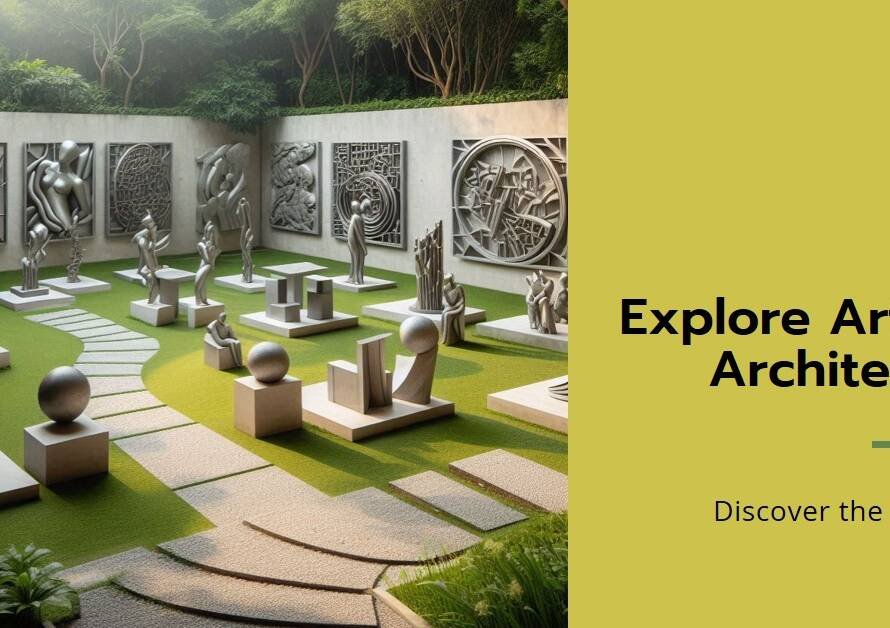
Table of Contents
1. Introduction: The Quest for Cutting-Edge Solutions (3D Visualization)
In the dynamic realm of architecture, staying ahead of the curve requires embracing advanced 3D visualization technologies that redefine the boundaries of creativity and innovation. This article delves into the realm of cutting-edge tech solutions tailored for architects, offering a glimpse into the future of design visualization and client engagement.
2. Real-Time Ray Tracing: Unleashing Photorealism
One of the groundbreaking advancements in 3D visualization is real-time ray tracing technology, which simulates the behavior of light in real-world environments with unparalleled accuracy. Architects can now achieve photorealistic renders in real time, showcasing intricate details such as reflections, refractions, and shadows with cinematic quality. This technology not only enhances visual fidelity but also streamlines the design iteration process by providing instant feedback on lighting, materials, and spatial configurations.
3. AI-Driven Design Assistance: Enhancing Workflow Efficiency
The integration of artificial intelligence (AI) into 3D visualization tools revolutionizes design workflows by offering intelligent design assistance and automation capabilities. AI algorithms analyze design inputs, predict user preferences, and recommend optimized solutions for space planning, material selection, and environmental sustainability. Architects can leverage AI-driven tools to expedite design iterations, reduce human error, and explore innovative design alternatives with data-driven insights.
4. Virtual Reality (VR) Collaboration: Immersive Design Reviews
VR technologies have transcended novelty status to become indispensable tools for immersive design experiences and collaborative reviews. Architects can create virtual environments that clients and stakeholders can explore in full scale, providing a deeper understanding of spatial relationships, material finishes, and design aesthetics. Real-time VR collaboration platforms facilitate remote design reviews, enabling global teams to interact synchronously in virtual spaces, fostering seamless communication and decision-making.
5. Generative Design Systems: Exploring Algorithmic Creativity
Generative design systems harness the power of algorithms and computational design to generate and evaluate numerous design iterations based on predefined parameters and objectives. Architects can explore a vast design space, uncovering novel solutions that balance functional requirements, sustainability goals, and aesthetic preferences. These systems empower architects to push the boundaries of creativity while optimizing designs for performance, efficiency, and user experience.
6. Augmented Reality (AR) Visualization: Bridging Digital and Physical Worlds
AR visualization tools bridge the gap between digital models and physical spaces, offering interactive overlays of virtual designs onto real-world environments. Architects can use AR applications to visualize proposed designs in context, conduct on-site assessments, and communicate design intent to clients and construction teams with enhanced clarity. AR-enhanced building walkthroughs provide stakeholders with immersive pre-construction experiences, aligning expectations and reducing project risks.
7. Cloud-Based Collaboration Platforms: Enabling Global Connectivity
Cloud-based collaboration platforms have transformed how architects collaborate, share, and manage design data across distributed teams and project stakeholders. These platforms offer secure access to centralized project repositories, real-time collaboration tools, version control mechanisms, and integrated communication channels. Architects can work seamlessly across geographies, synchronize design changes instantly, and ensure project continuity, scalability, and data integrity throughout the design lifecycle.
8. Hyper-Realistic Material Libraries: Elevating Visual Aesthetics
The advent of hyper-realistic material libraries provides architects with an extensive range of photorealistic textures, finishes, and material properties to enhance visual storytelling and design presentations. From lifelike wood grains and metallic surfaces to detailed fabric weaves and natural elements, architects can create immersive visualizations that evoke emotional responses and convey design intent with precision. These libraries integrate seamlessly with rendering engines, ensuring consistency and quality across design outputs.
9. IoT-Enabled Smart Building Simulations: Embracing Sustainable Design
IoT-enabled simulations empower architects to model and analyze smart building systems, energy flows, occupant behaviors, and environmental impacts in virtual environments. By integrating IoT data streams into 3D visualization platforms, architects can simulate real-time building performance, optimize energy efficiency strategies, and design responsive spaces that prioritize occupant comfort, health, and sustainability. These simulations inform evidence-based design decisions, aligning architectural visions with future-proof and eco-conscious design practices.
10. Conclusion: Embracing Innovation for Tomorrow’s Designs


In conclusion, advanced 3D visualization tech solutions for architects represent a paradigm shift in how designs are conceived, communicated, and realized in the built environment. By embracing real-time ray tracing, AI-driven design assistance, immersive VR/AR experiences, generative design systems, cloud-based collaboration, hyper-realistic materials, smart building simulations, and other cutting-edge technologies, architects can unlock new levels of creativity, efficiency, and sustainability in their projects. As these technologies continue to evolve, architects are poised to lead the way in shaping a future built environment that is intelligent, responsive, and awe-inspiring, catering to the diverse needs and aspirations of communities worldwide.


